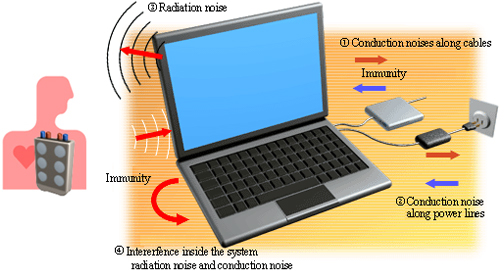
EMC research includes
What are electromagnetic waves ?
Electromagnetic waves are the waves characterised by variations of electric and magnetic fields. It is known as radio waves, heat rays, light rays, etc. depending on the frequency. Radio waves are the basis of telecommunications and broadcasting, and also used in medical treatments, cooking, etc. They can be characterised in terms of their frequency. Frequency is determined the number of identical cycles per second, measured in hertz (Hz).

Electromagnetic waves are the waves characterised by variations of electric and magnetic fields. It is known as radio waves, heat rays, light rays, etc. depending on the frequency. Radio waves are the basis of telecommunications and broadcasting, and also used in medical treatments, cooking, etc.
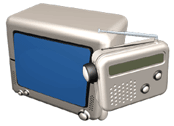
Broadcasts: radio and TV
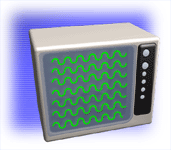
Microwave-oven: The microwave is used to heat the water in ingredients.
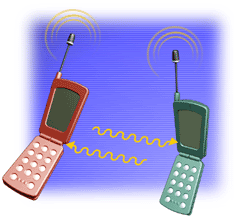
Mobile phones
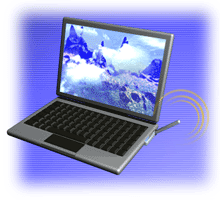
Wireless local area network has become popular recently.
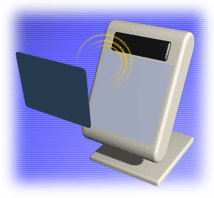
Electronic money, personal identification, etc.
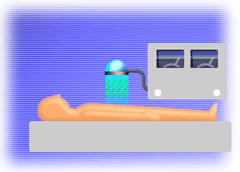
Hyperthermia
the radio wave transmit the energy in open air, a radio wave can be unwanted for others, or the waves can be superimposed each other. Thus, broadcasts and telecommunications are operated under national laws and international regulations. Not only telecommunications and broadcasts, however, electromagnetic waves are emitted by use of electricity, such as microwave ovens, semiconductor switch in a small electronic part, and son on. And the unwanted electromagnetic waves can affect telecommunications and broadcasts. Even worse, digital components' errors are likely caused by the noise. be used without any disturbance. The electromagnetic disturbance is determined as an electromagnetic phenomenon that may be superimposed on a wanted signal. Electromagnetic compatibility (EMC) is determined as the ability of a device, equipment, or system to function satisfactorily in its electromagnetic environment without introducing intolerable electromagnetic disturbances to anything in that environment. Since radio waves exists on the earth, as same as air or water for instance, it must be used without any disturbance. The electromagnetic disturbance is determined as an electromagnetic phenomenon that may be superimposed on a wanted signal. Electromagnetic compatibility (EMC) is determined as the ability of a device, equipment, or system to function satisfactorily in its electromagnetic environment without introducing intolerable electromagnetic disturbances to anything in that environment. Our activities cover development of new accurate measuring method, evaluation of test sites and equipment, analysis of electromagnetic disturbance, investigation of biological effect of electromagnetic wave, and national and international regulation matters.
Influences on radiowaves
Noise, unwanted radio waves (= electromagnetic waves) consist radiated noise in the air and conducted noise along cables.
Unless there are effective rules, a radio wave of a broadcast could be a noise of another broadcast. In order to keep the electromagnetic environment, emission of these radio waves for broadcasts and telecommunications are operated under national and international laws and regulations. However, it is still under discussion about the radio wave above 1 GHz.
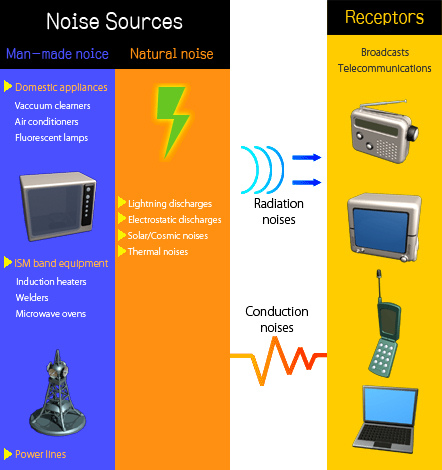
Biological effect of electromagnetic wave
Biological effect of electromagnetic waves has been investigated for more than 30 years, and safety guidelines has been published to protect people against excessive exposure of electromagnetic waves depending on the frequencies. A few years ago, new guidelines for the use of mobile phones were published.
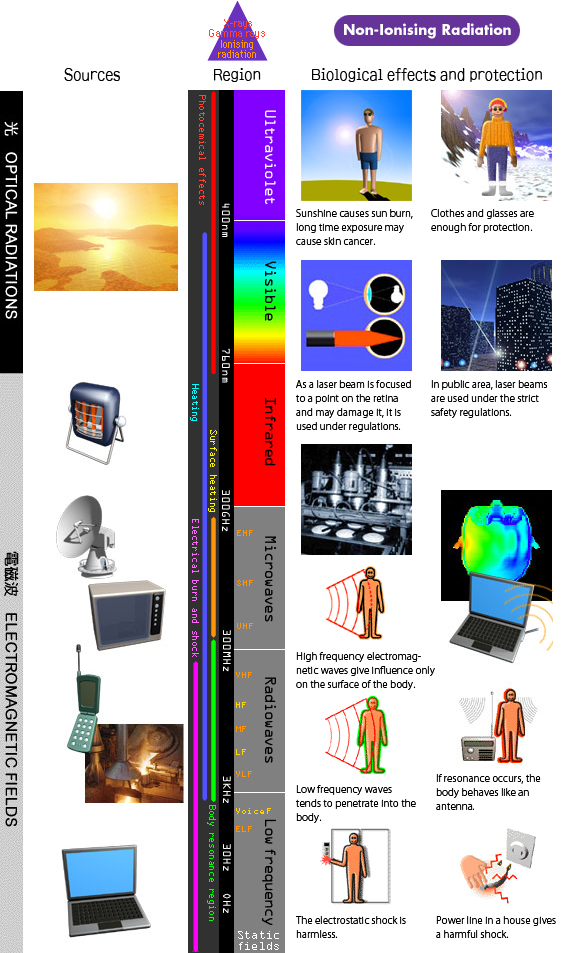
Influence on electronic circuits, especially digital components
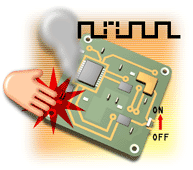
Traditional electrical appliances are not affected by tiny noise. For example, a light bulb for 100 V is still fine if an pulse of 1 V is superimposed. In the case of digital equipment, it is easily affected, resulting in an error. To reduce the noise emission and to protect the equipment from the noise are important to use the appliances safely. The difficult thing is such kinds of alliances become noise sources as well as being susceptible.
